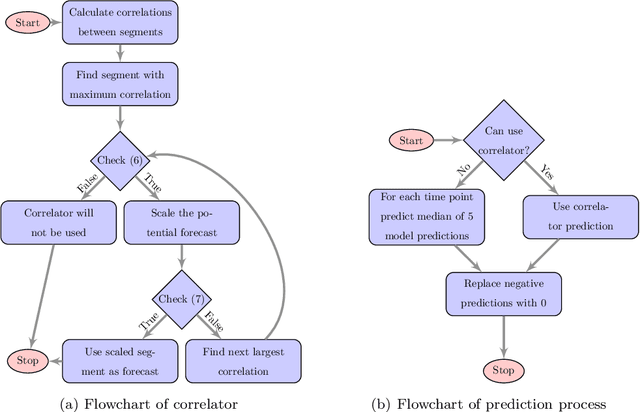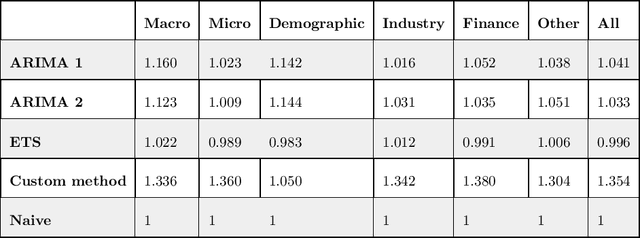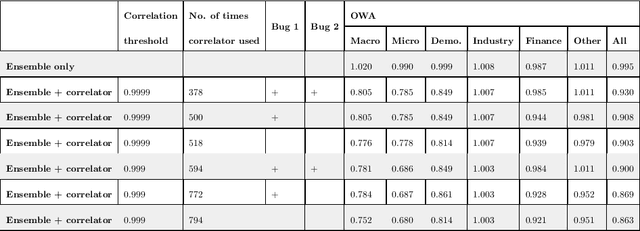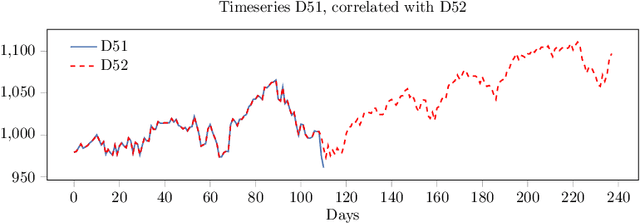Anti Ingel
Correlated daily time series and forecasting in the M4 competition
Mar 31, 2020



Abstract:We participated in the M4 competition for time series forecasting and describe here our methods for forecasting daily time series. We used an ensemble of five statistical forecasting methods and a method that we refer to as the correlator. Our retrospective analysis using the ground truth values published by the M4 organisers after the competition demonstrates that the correlator was responsible for most of our gains over the naive constant forecasting method. We identify data leakage as one reason for its success, partly due to test data selected from different time intervals, and partly due to quality issues in the original time series. We suggest that future forecasting competitions should provide actual dates for the time series so that some of those leakages could be avoided by the participants.
Direct information transfer rate optimisation for SSVEP-based BCI
Jul 19, 2019


Abstract:In this work, a classification method for SSVEP-based BCI is proposed. The classification method uses features extracted by traditional SSVEP-based BCI methods and finds optimal discrimination thresholds for each feature to classify the targets. Optimising the thresholds is formalised as a maximisation task of a performance measure of BCIs called information transfer rate (ITR). However, instead of the standard method of calculating ITR, which makes certain assumptions about the data, a more general formula is derived to avoid incorrect ITR calculation when the standard assumptions are not met. This allows the optimal discrimination thresholds to be automatically calculated and thus eliminates the need for manual parameter selection or performing computationally expensive grid searches. The proposed method shows good performance in classifying targets of a BCI, outperforming previously reported results on the same dataset by a factor of 2 in terms of ITR. The highest achieved ITR on the used dataset was 62 bit/min. The proposed method also provides a way to reduce false classifications, which is important in real-world applications.
 Add to Chrome
Add to Chrome Add to Firefox
Add to Firefox Add to Edge
Add to Edge